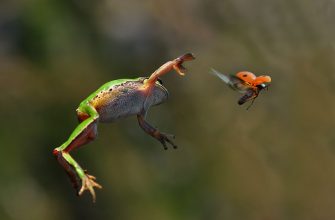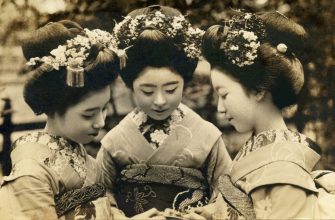“To Kill a Mockingbird”

“To Kill a Mockingbird” by Harper Lee is a novel that explores controversial issues of race and poverty in the American South during the 1930s. The story revolves around the trial of a black man accused of raping and abusing a white woman. The narrative delves into the struggle for justice and the desire to overcome prejudice.
“Jane Eyre”

The novel “Jane Eyre” by Charlotte Bronte teaches us many valuable lessons: morality, restraint, kindness, self-sacrifice, understanding, and compassion. It’s a story that leaves no one indifferent.
“Harry Potter”
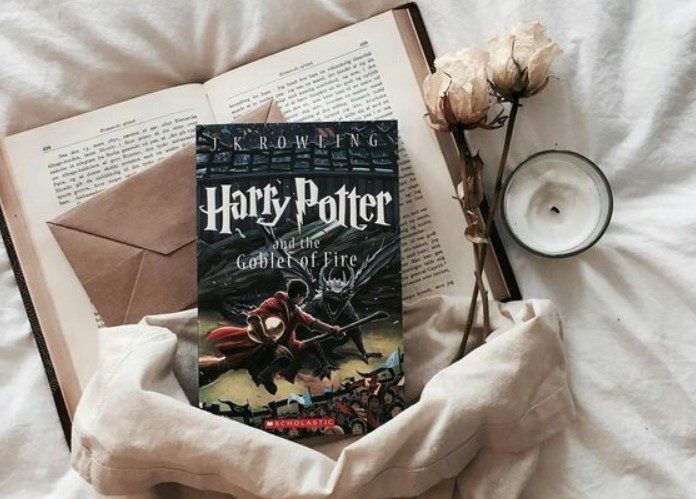
J.K. Rowling’s saga about Harry Potter blends distinctive elements from various literary traditions. It’s an instructive coming-of-age novel, with a protagonist readers can identify with. It carries the essence of a gothic novel with its medieval castles and dark mysteries.
“The Metamorphosis”
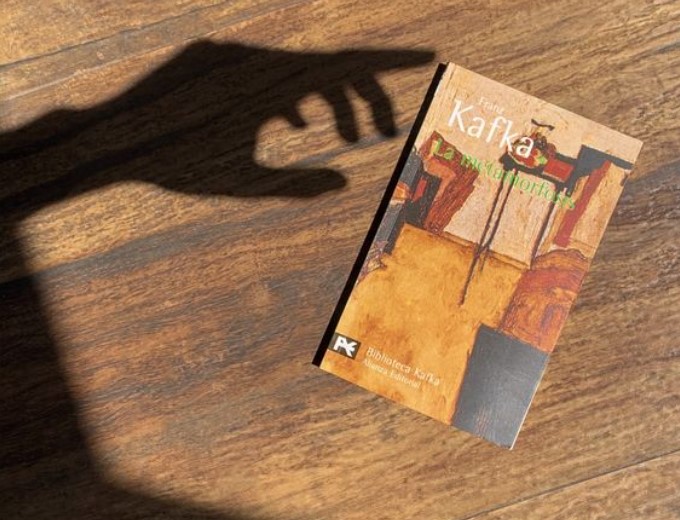
“The Metamorphosis” by Franz Kafka tells us about the protagonist Gregor Samsa, who wakes up transformed into a giant insect. Gregor loses his job and his family confines him to a room. The changes that isolate Gregor from the world ultimately lead to his death, which becomes a relief for his family, who are tired of him.
Symbolically, the story gradually pushes the protagonist out of the circle of people close to him, reflecting the ruthless process of rejection by a prosperous and indifferent society of “others” who struggle with their own misery.
“The Listerdale Mystery”
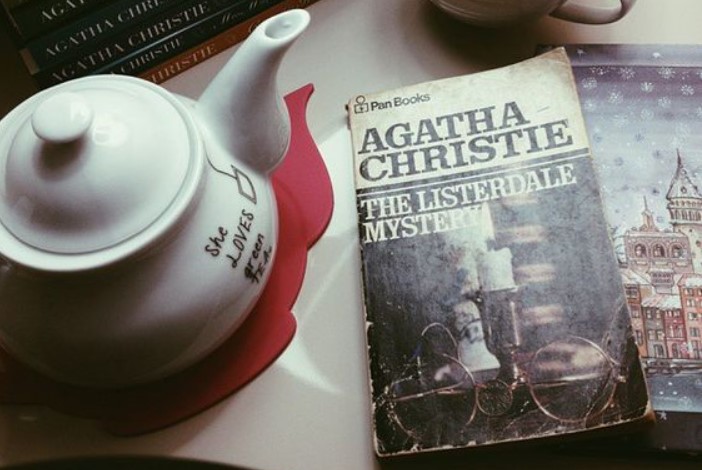
“The Listerdale Mystery” by Agatha Christie is one of the top five favorite works among readers of the “Queen of Mystery” and undoubtedly takes first place among all her short stories. It’s not so simple to classify it under a specific genre. On one hand, it appears to be a detective story, but its plot doesn’t involve a crime. Nonetheless, it is an incredibly charming and touching work that one wants to revisit again and again.
“The Picture of Dorian Gray”
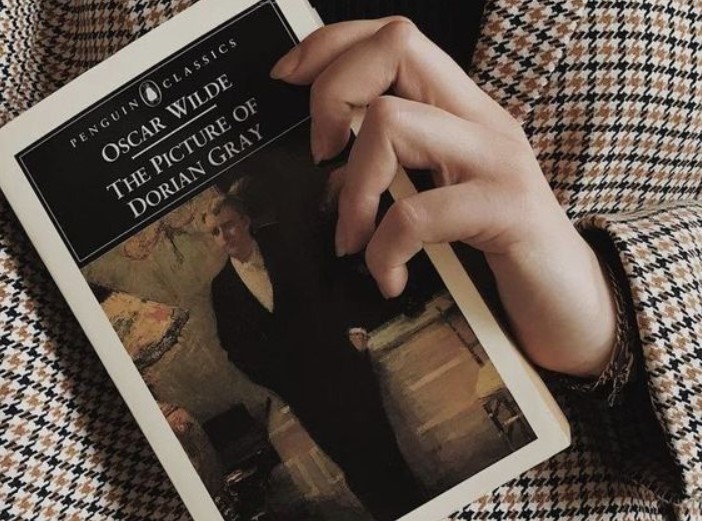
The famous novel “The Picture of Dorian Gray” by Oscar Wilde is timeless and rightfully considered a masterpiece of English literature. The dramatic and paradoxical story of Dorian Gray, who falls victim to the desire for eternal youth, captivates readers. A talented artist creates a portrait that absorbs all of Dorian’s sins and the traces of his years lived. Gray will guard this dreadful secret at any cost.
“1984”
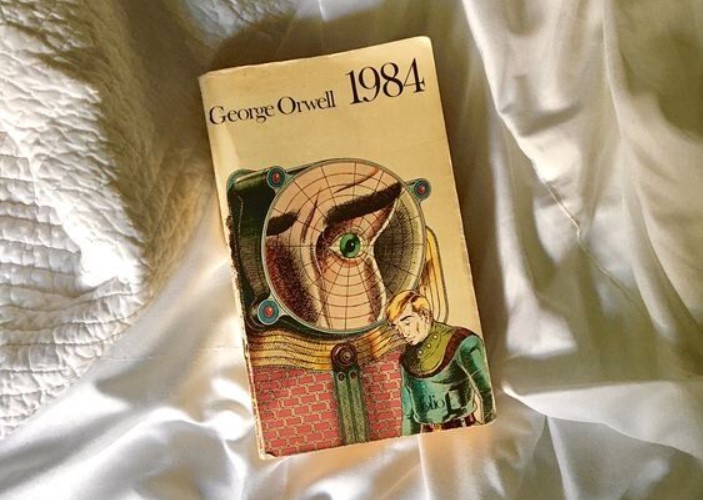
In the book “1984”, George Orwell foresaw the role of historical development in society and the influence of telescreens, which became the main tool of totalitarian propaganda and surveillance. What can the main character Winston Smith do against this totalitarian machine? He can only hold onto memories of the past and his love for a woman. However, even love is powerless against the Ministry of Love.
“The Chronicles of Narnia”
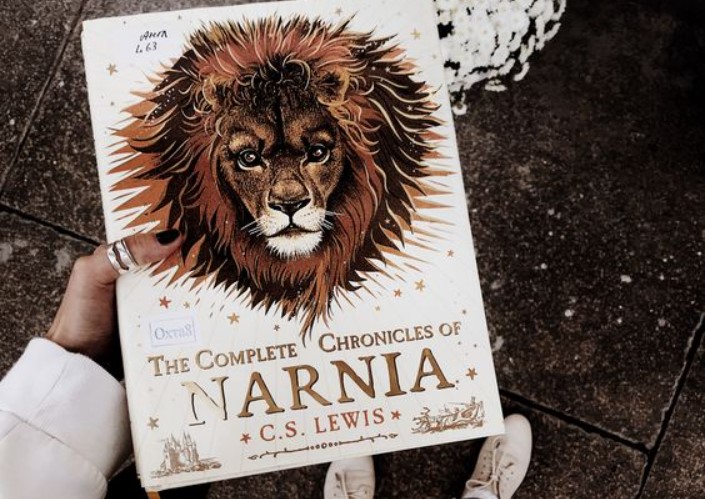
“The Chronicles of Narnia” by C.S. Lewis are similar to many children’s books: they tell stories of friendship, faith, duty, and honor. Like in all such works, Lewis celebrates courage and self-sacrifice. Mercy also emerges as an important theme. Despite Edmund’s betrayal of his siblings, Aslan grants him forgiveness.
“The Hobbit”
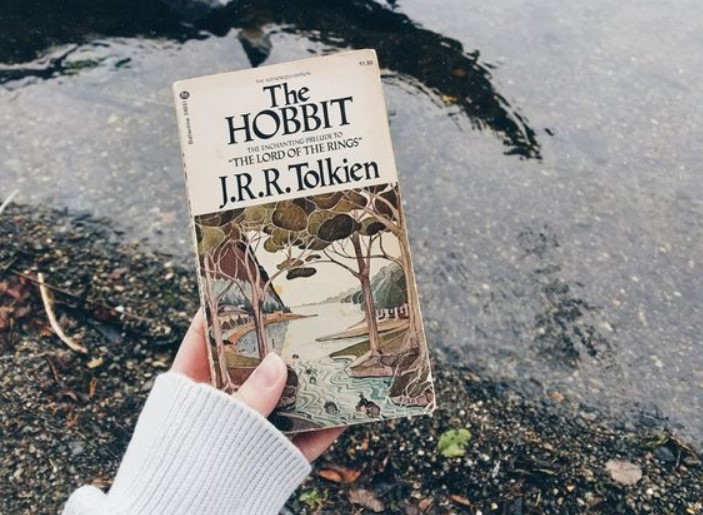
Tolkien’s work teaches about friendship, mutual aid, and courage. It emphasizes the importance of believing in oneself and not fearing life’s challenges, especially when a reliable friend stands by your side. The story of the hobbit is an example of how “the small of the world” can shape its destiny. Alongside the challenges of moral growth, the trilogy raises the question of the significance of even the most insignificant and unnoticed individual for the development of society as a whole, highlighting the value of every human life.
“Frankenstein”
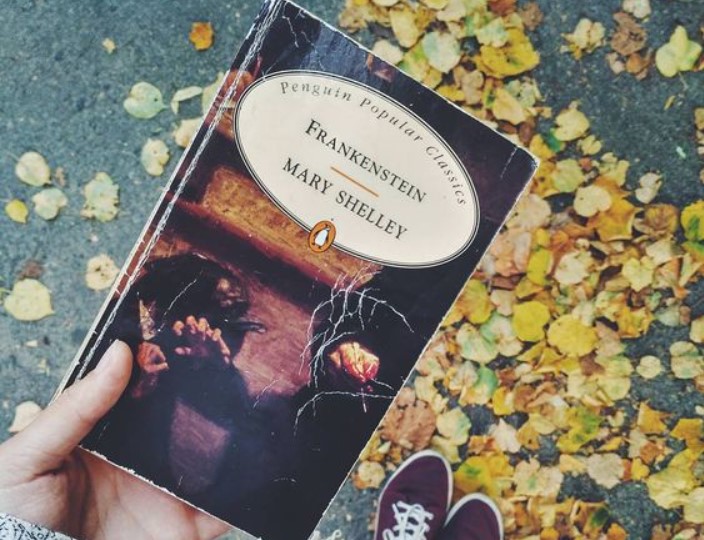
Mary Shelley’s “Frankenstein” is about the responsibility that humans bear for those they tame or create. It’s a profoundly impactful tale built on deep emotions. This book teaches us not to think of ourselves as better or smarter than others. The pairing of Frankenstein and his monster illustrates, within the context of Christian ethics, the futility of human attempts to take on the role of God. In a rational sense, it highlights the issue of ethical responsibility for scientists regarding the consequences of their discoveries.
“Lolita”
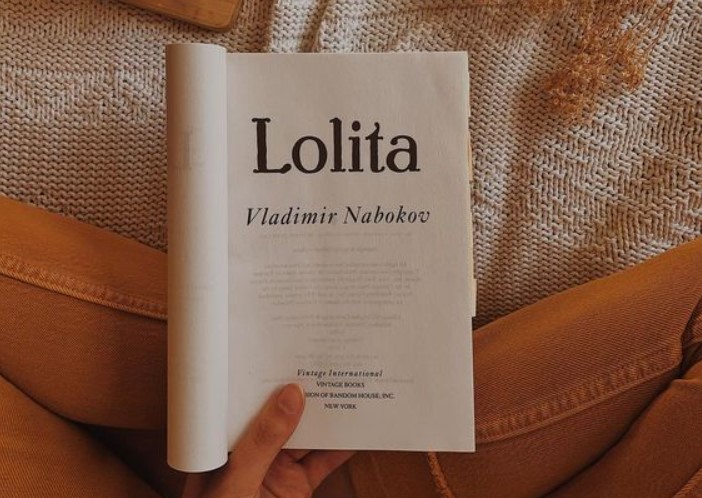
Vladimir Nabokov’s “Lolita” is a story about a middle-aged literary scholar and European expatriate who moves to America and becomes infatuated with a twelve-year-old provincial schoolgirl. His obsession to possess her becomes a destructive mania. The book consistently divides readers into two categories: admiring enthusiasts of its vivid artistry and critics, yet it leaves no one indifferent.
Sherlock Holmes
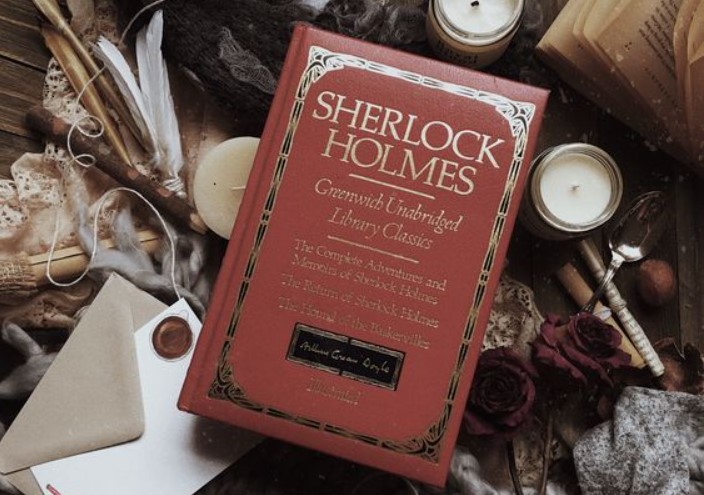
Arthur Conan Doyle’s books about the brilliant private detective Sherlock Holmes primarily teach us to develop our powers of observation, to notice details, and to draw conclusions. Sherlock Holmes is undoubtedly a genius, but very often others could arrive at the same deductions if they were more attentive.
“The Bible”

The Bible is a book that everyone should read. This book provides spiritual growth for individuals and serves as a guide to life for many believers around the world. It offers solace, faith, and hope, which are essential for each of us.
“The Secret History”
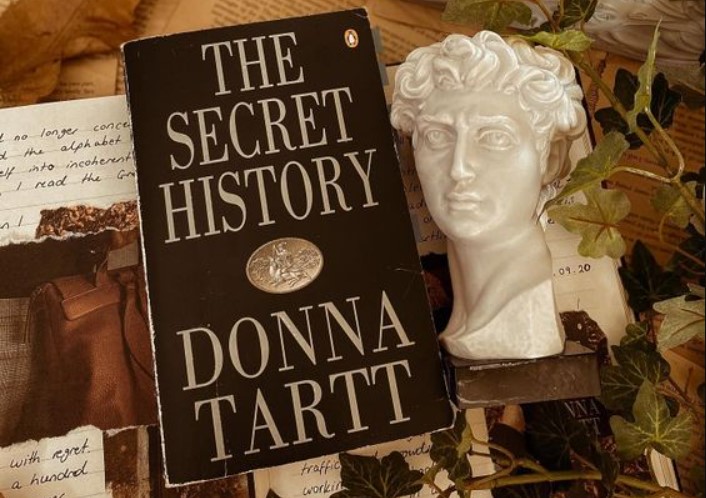
In a fun and close-knit group, a murder takes place. Trying to make sense of what happened many years later, the protagonist relives his student life day by day, the stages of his relationships with classmates and his beloved girlfriend. Under Donna Tartt’s masterful pen, his confession turns into a gripping psychological thriller.
“Sapiens”

The book “Sapiens” by Yuval Noah Harari is a concise history of humankind, presented in a non-traditional chronological order of events and rulers as often seen in many historical books. The author gradually unfolds before the reader how Homo sapiens reached the heights of economic, technological, and intellectual development.
“The Alchemist”

The essence of the main idea in Paulo Coelho’s book “The Alchemist” is that whoever seeks will always find their treasure. “The Alchemist” doesn’t just prompt the reader to contemplate, but directly states the core message: “When you want something, all the universe conspires in helping you to achieve it.”
“The Choice”

The book “The Choice” by Nicholas Sparks tells the story of a confirmed bachelor who lived life to the fullest with a clear understanding that responsibility and family were definitely not for him. But everything changes when he meets his new neighbor and falls in love with her.
“The Da Vinci Code”
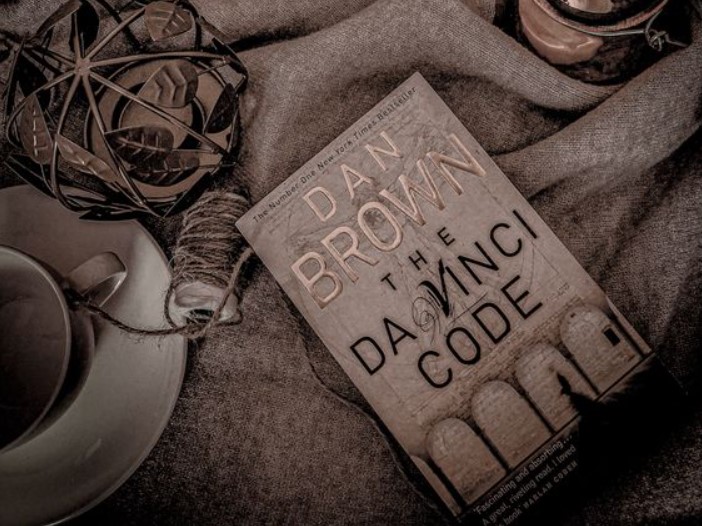
The novel “The Da Vinci Code” by American author Dan Brown is a story of an exciting investigation and incredible discoveries that shook the world. Dan Brown created a legend that was believed by many, despite the Vatican’s denials. Scandals surrounding the novel seem to never end, and its adaptation to the screen also contributed to this.
The Odyssey
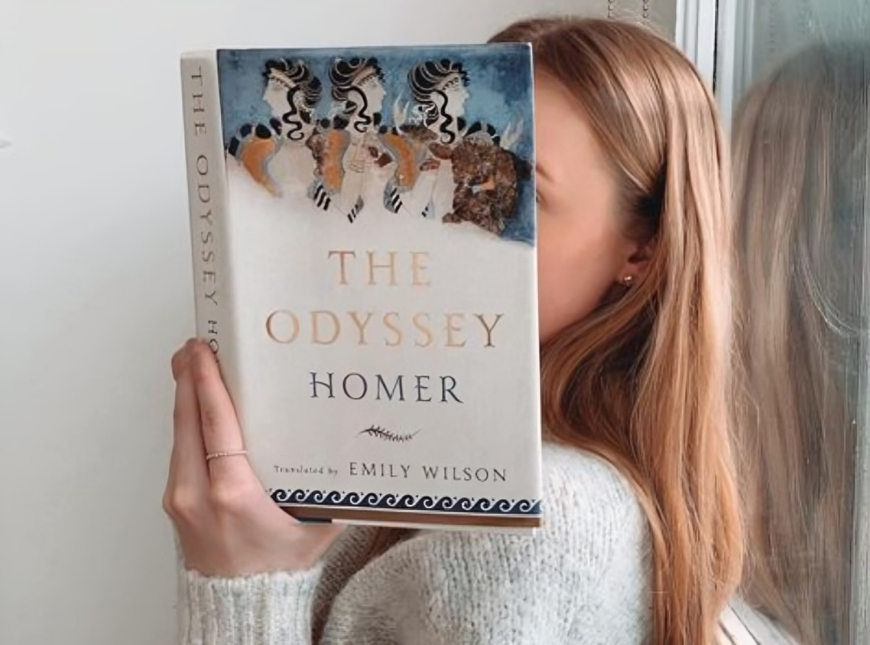
It tells the adventures of the mythical hero named Odysseus during his journey back home after the conclusion of the Trojan War, as well as the adventures of his wife Penelope, who awaited Odysseus on Ithaca.
“The Little Prince”
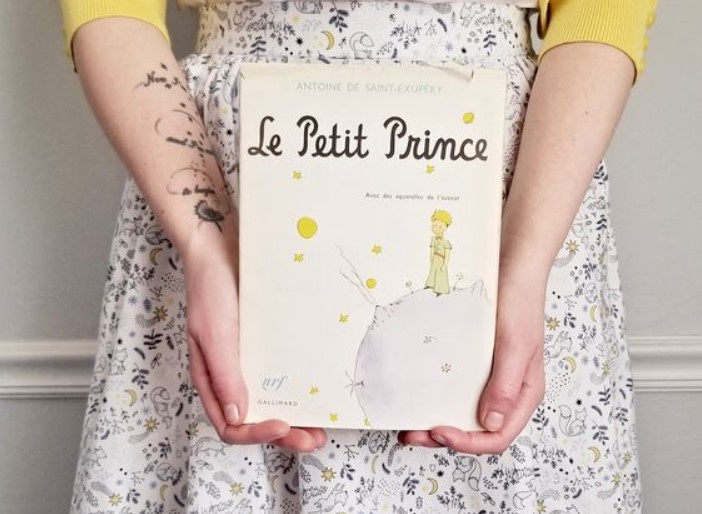
“The Little Prince” is an allegorical novella, the most famous work by Antoine de Saint-Exupéry. The story tells about the Little Prince, who visits various planets in space, including Earth. The book addresses themes of loneliness, friendship, love, and loss.
“Selfie”

Every day, streams of selfies and motivational posts pour out from smartphone screens onto us – and we ourselves strive to appear perfect in the eyes of those around us. However, self-discontent, the eternal companion of perfectionism, can drive a person to madness and even suicide. How has 21st-century narcissism changed our lives, and what is it composed of? In the book “Selfie”, British journalist Will Storr embarks on a journey to find answers to these questions.
“Gone with the Wind”

The novel “Gone with the Wind” by American writer Margaret Mitchell is an engaging and socially poignant work that revolves around the fate of human values in a world of commerce and trade.
“A Little Life”

The novel “A Little Life” by American writer Hanya Yanagihara can be described as university chronicles, an ancient Greek tragedy, an educational novel crafted in the style of 19th-century thick novels, and a terrifying bedtime story. Each of these descriptions fits the book, but it’s a case where the novel becomes unique for each reader.
“Hope in the Dark”

Rebecca Solnit’s book “Hope in the Dark” radically argues that hope is a commitment to act in a world whose future remains uncertain and unfathomable. Drawing on decades of active engagement and a comprehensive study of ecological, cultural, and political history, Solnit asserted that radicals have a long, overlooked history of transformative victories.
“The Tattooist of Auschwitz”

Heather Morris’ novel “The Tattooist of Auschwitz” is based on real events. The main character is transported to Poland and finds himself in the Auschwitz concentration camp. Like most prisoners, the protagonist is put to work constructing barracks, and soon he falls seriously ill due to the harsh labor and insufficient food. After surviving a bout of scarlet fever, the young man learns that he was saved from certain death by a French tattooist named Pepan. The tattooist offers the protagonist a role as his assistant. His main task now becomes tattooing numbers on the arms of incoming prisoners at the camp.
“The Catcher in the Rye”
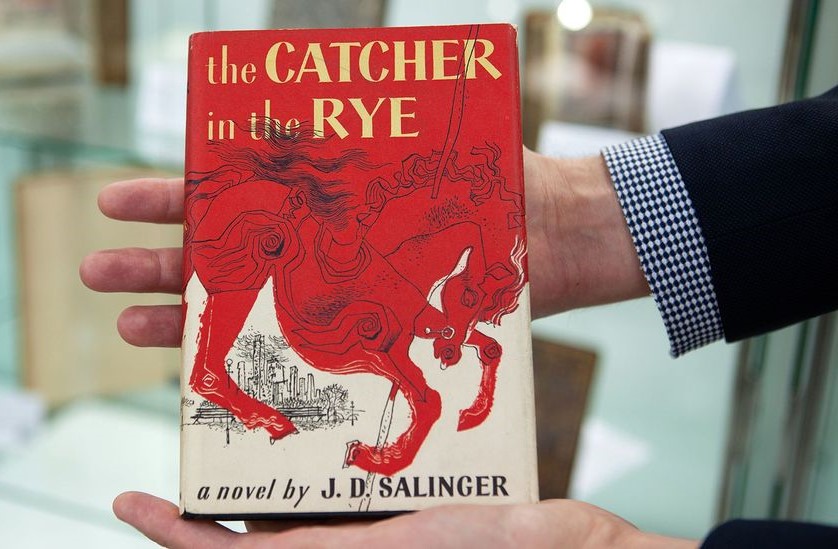
J.D. Salinger’s “The Catcher in the Rye” is a book about the struggles of being a teenager. And it doesn’t matter what time period it is. Rebellion, idealism, loneliness, and the fear of being misunderstood – everyone has gone through these experiences, which is why the work has become relatable and understandable to millions of readers around the world.
“The Great Gatsby”

Francis Scott Fitzgerald’s “The Great Gatsby” takes us behind the curtain into the vibrant era of the 1920s in America. The main character is a lonely mansion owner who leads a reclusive life but throws extravagant parties. He is very wealthy and deeply in love with Daisy, a married woman who lives across the bay. This love becomes a major trial for the characters.
“Bel Ami”

Guy de Maupassant’s book “Bel Ami” is a classic French novel with an “anti-hero” in the lead role. Young journalist Georges Duroy tries to make a name for himself in Paris. He’s talentless, greedy, cowardly, and illiterate, but very handsome. It’s a grim story about how intelligent and talented women become victims of their own blindness. The novel serves as a vaccine against stories involving manipulative men for a lifetime.
“The Art of War”
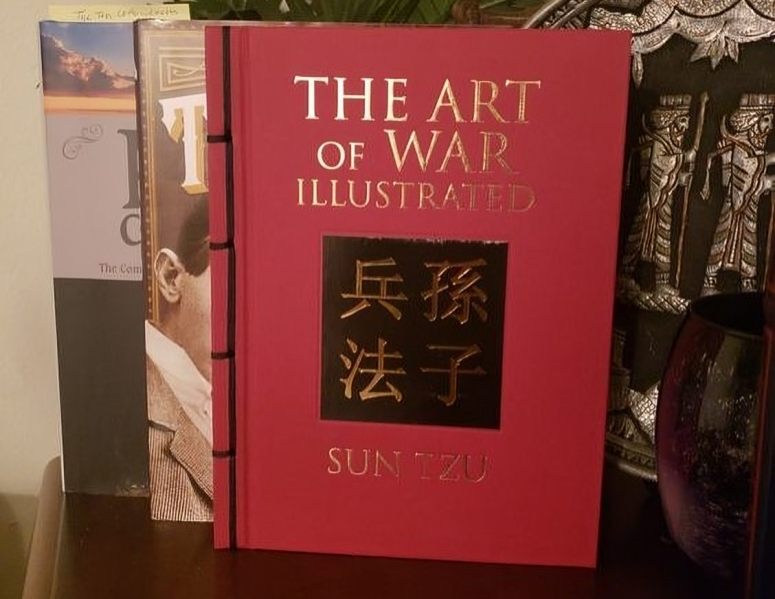
The book “The Art of War” by Sun Tzu is one of the oldest books in the world on military strategy. It is the most successful written work on the development of various strategies and business tactics.
“Milk and Honey”
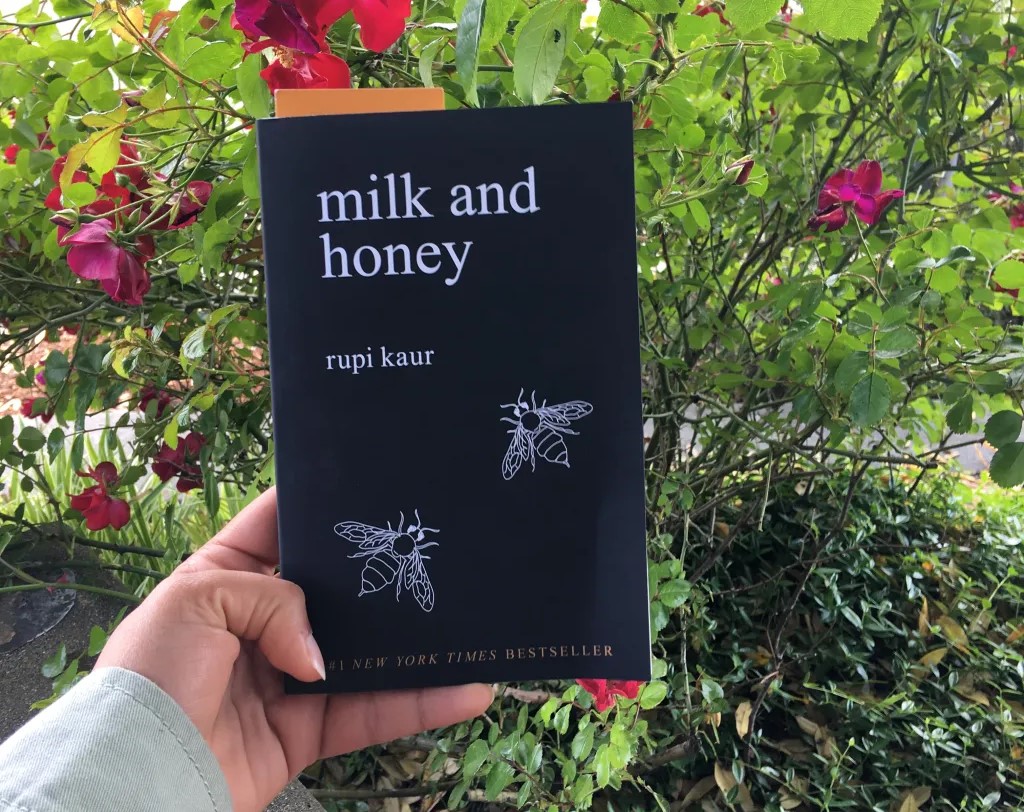
The lyrical collection “Milk and Honey” by Rupi Kaur is candid, brave, and sensual poetry that captivates from the first pages. Everyone can find something from their own life in these short, emotionally piercing stories.




